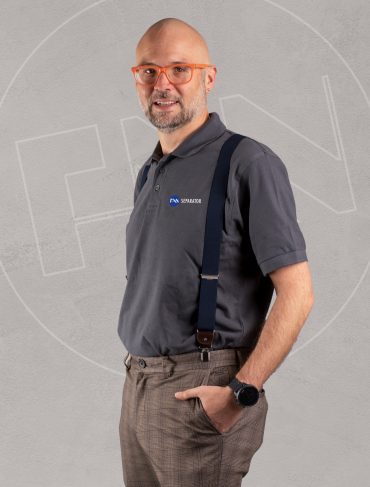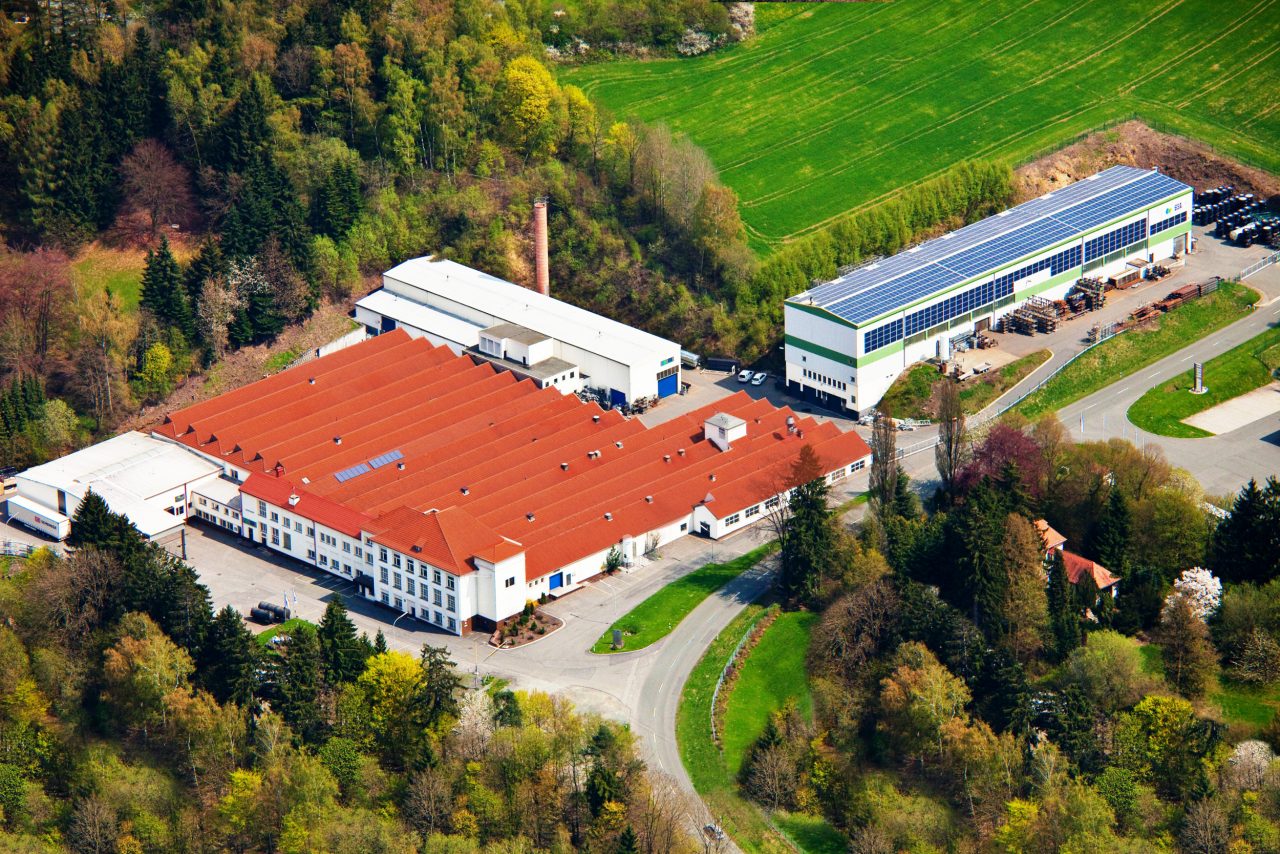
©2024 FAN SEPARATOR GmbH
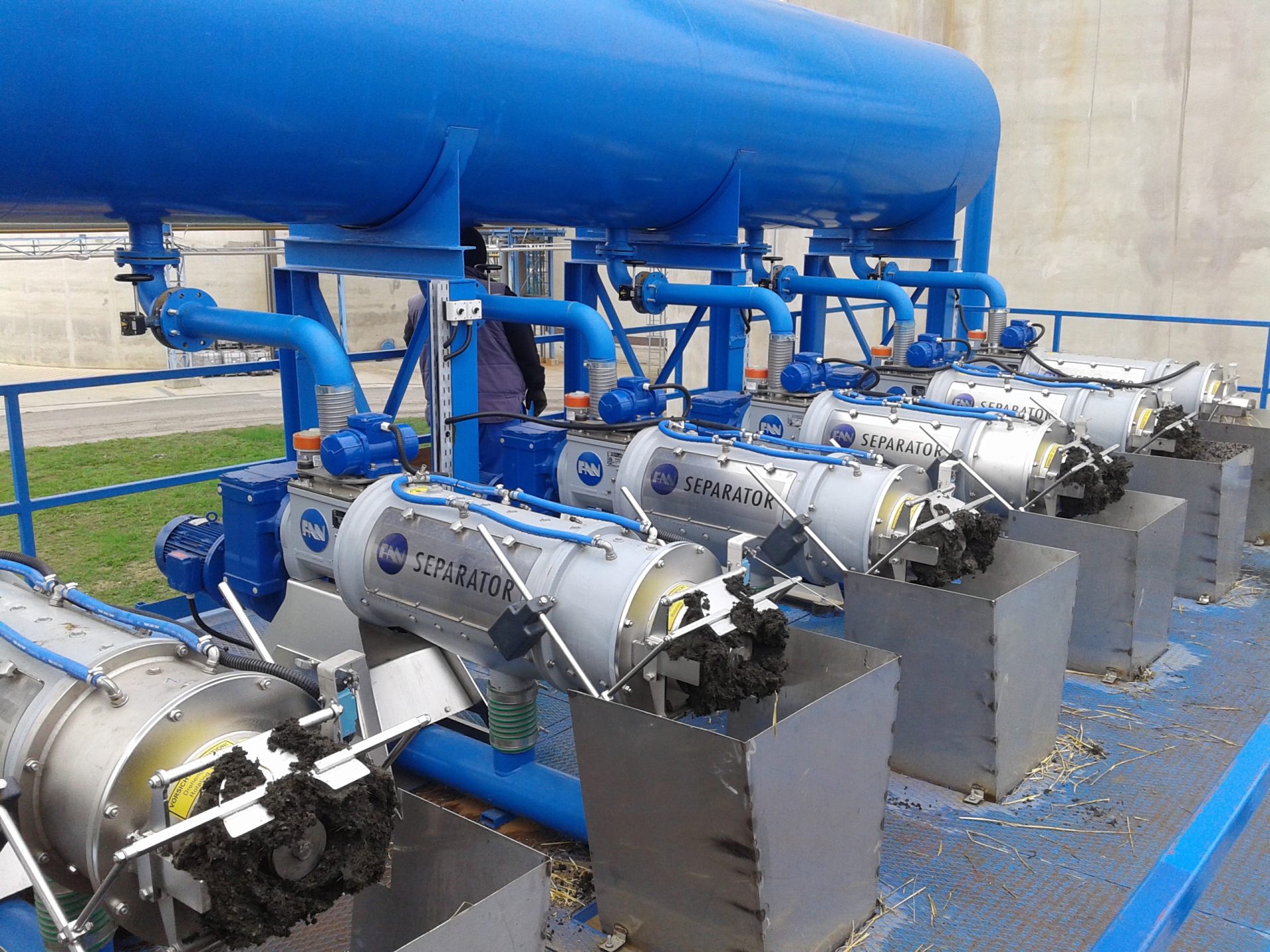
The FAN series PSS 1.2 and PSS 3.2 are ideally suited for farms with moderate to high separation volume, and they number among the most popular separator models in the world. They are commonly used in both agricultural and industrial contexts, helping their users reduce environmental impact and lower costs. Separation reduces the volume of waste, which simplifies disposal and enables reuse of the substrate.
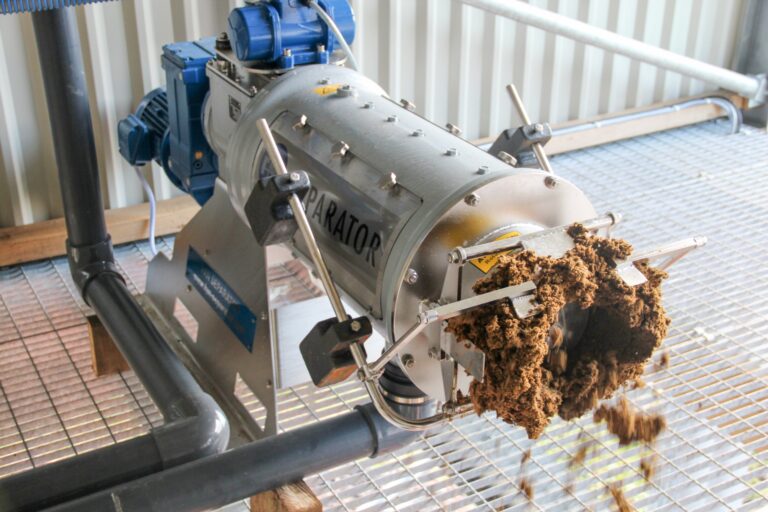
The machines achieve a throughput of up to 60 m³ (PSS 1.2) or 100 m³ (PSS 3.2) per hour and guarantee energy-efficient separation of the substrate. The actual throughput depends on the material being separated, the input consistency and the sieve gap width. The liquid phase (70-85%) can be optimally utilised as irrigation water. The solid phase (15-30%) – self-composting, odourless and stackable for easy storage – can be sold as fertiliser or compost. FAN also offers the stainless steel (V4A) series 5.2, which is technically identical to the PSS 3.2 models.
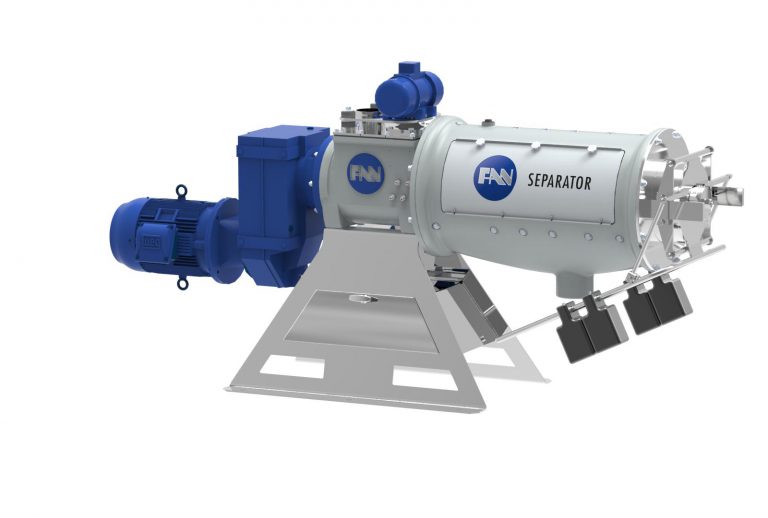
The fibrous solid is separated from the liquid in the area of the slotted sieve. The fibres form a filter layer that can filter even finer particles out of the liquid. The screw blades transport the filter layer to the solid discharge point. This cleans the sieve surface, allowing a new filter layer to form. Blockages cannot occur thanks to the tight tolerances of the sieve cylinder. The pressure in the first section of the sieve is low, but it increases up to the solid discharge point as the solid concentration rises. The back pressure required in the last section of the machine for dewatering is generated by the discharge regulator and the resulting friction in the mouthpiece. The solid concentration in the separated solid fraction can be regulated by adjusting the number and positioning of the counterweights (patented discharge regulator).
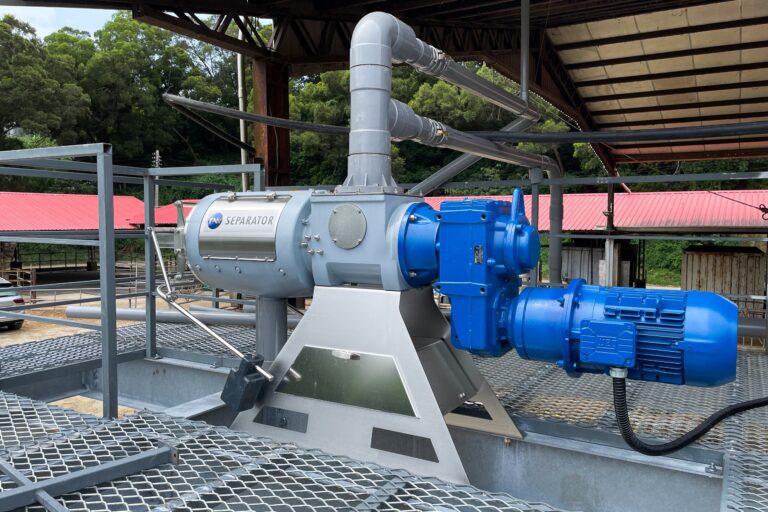
The PSS separators are generally fed from a holding pit by means of a pump. However, they can also be fed via a hopper. The optimal input type depends on the consistency of the raw material and the local conditions. An oscillation unit (patented) is situated in the input area to ensure even feeding, which significantly improves the throughput for viscous media in particular.
| Model | Input power kW | Throughput max. m³/h* |
|---|---|---|
| PSS 1.1 - 300 | 2,2 | up to 16 |
| PSS 1.2 - 520 | 4,0 | 40 |
| PSS 1.2 - 780 | 5,5 - 7,5 | 60 |
| PSS 3.2 - 520 | 5,5 | 50 |
| PSS 3.2 - 780 | 5,5 - 7,5 | 75 |
| PSS 3.2 - 1040 | 7,5 - 11,0 | 100 |
| PSS 5.2 - 520 | 5,5 | 50 |
| PSS 5.2 - 780 | 5,5 - 7,5 | 75 |
| PSS 5.2 - 1040 | 7,5 - 11,0 | 100 |
| Green Bedding 3.3 - 780 | 7,5 - 11,0 | up to 20 |
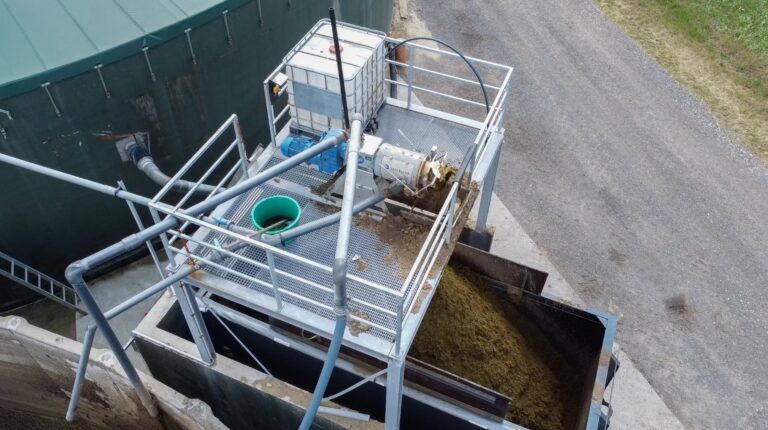
On the farm Borchers-Meier-Deden KG in the district of Rotenburg in Lower Saxony, a PSS 1.2-520 from FAN has been separating the liquid manure of 540 dairy cows since 2020. The solid phase is fed into a biogas plant and the liquid phase is spread on the grassland. The farm is convinced that the spreading of separated manure offers significant advantages.
